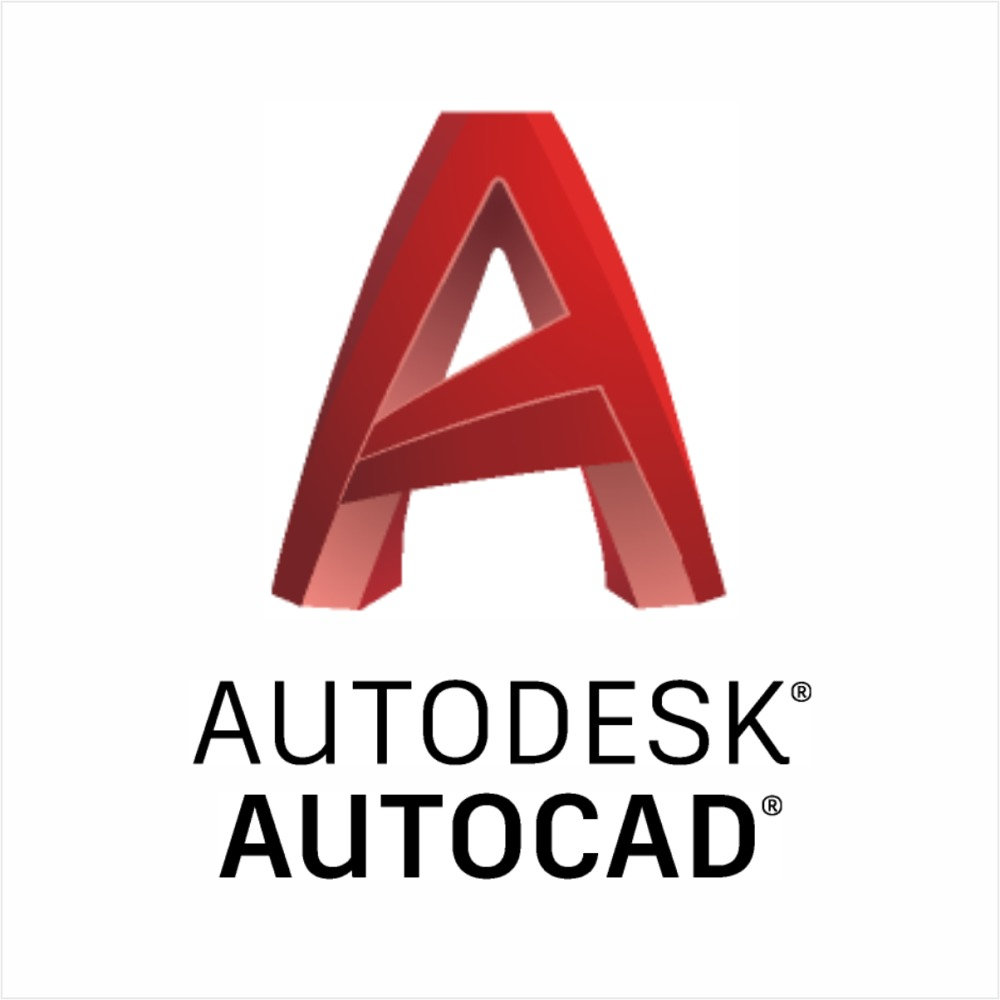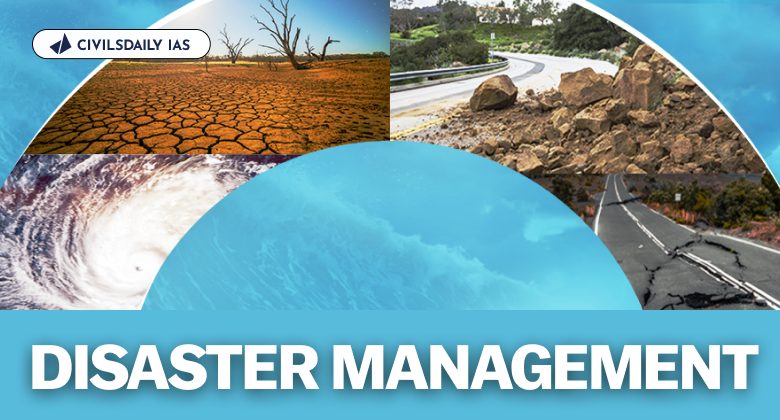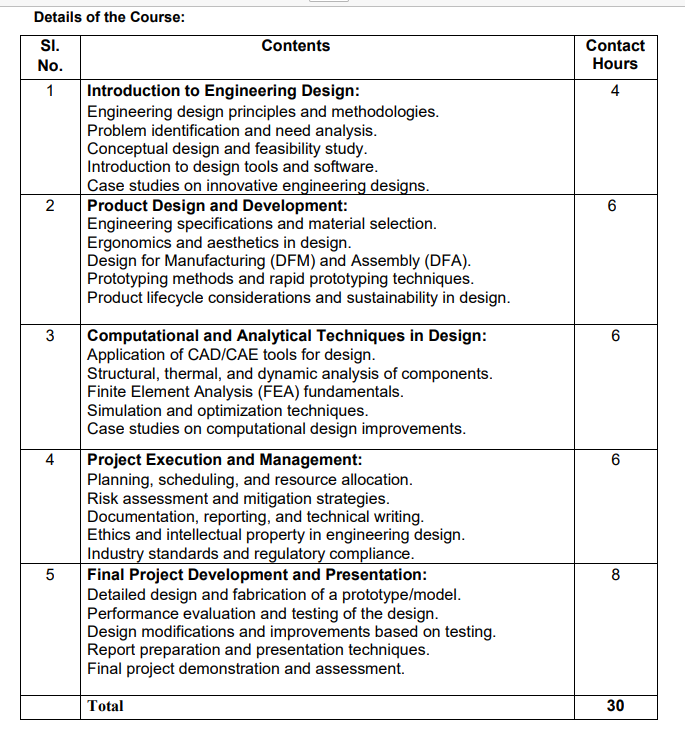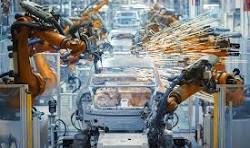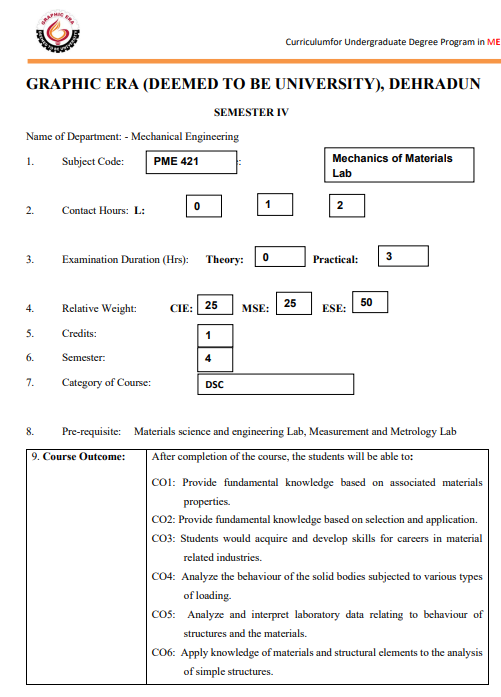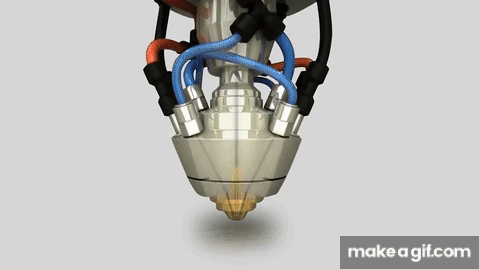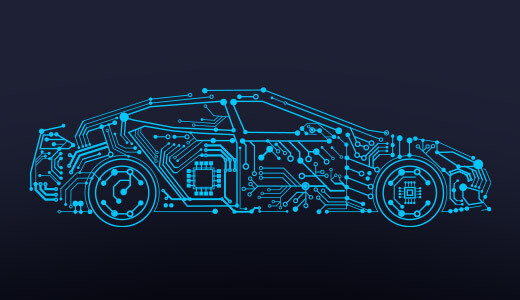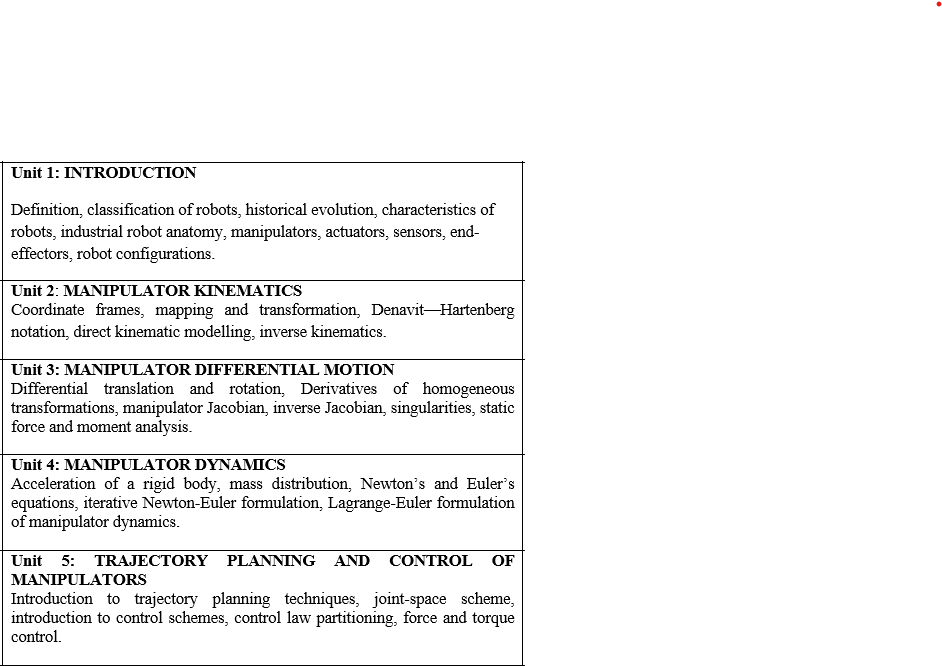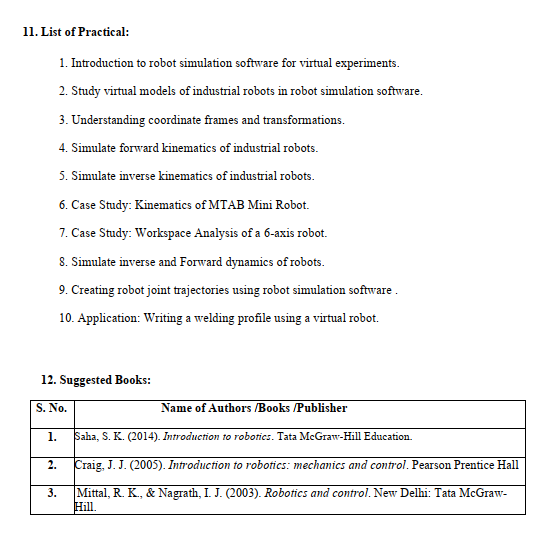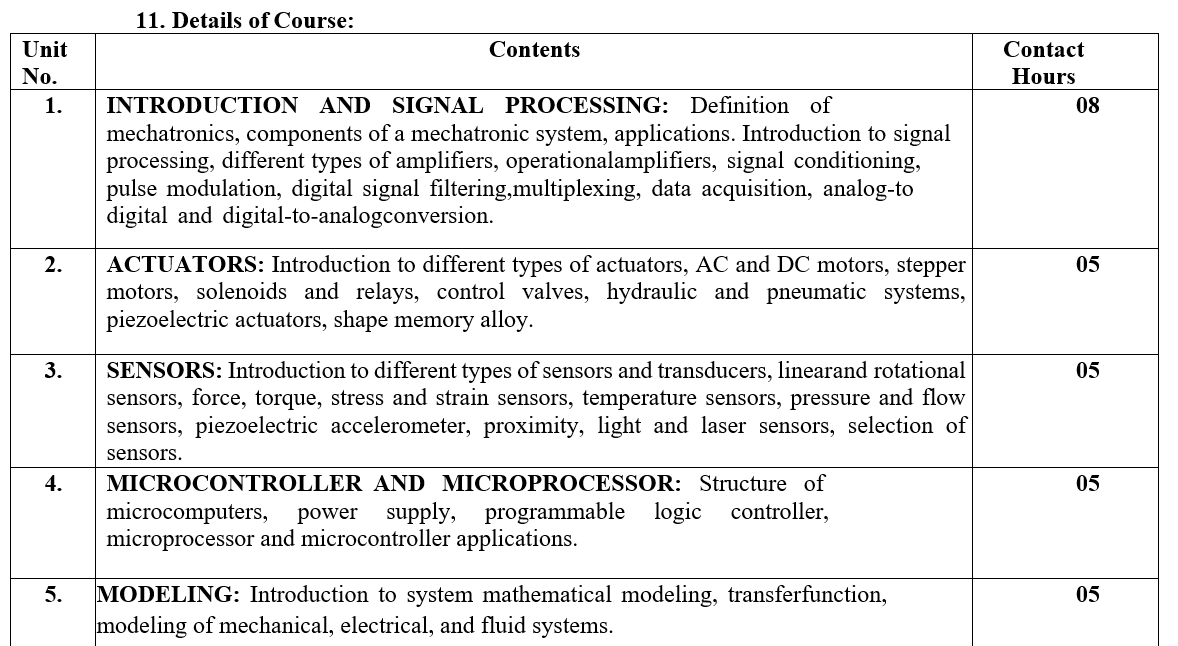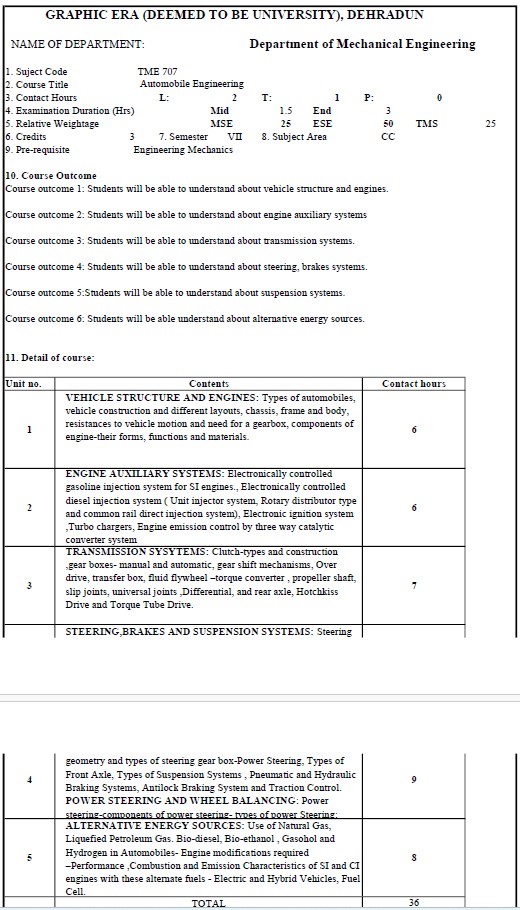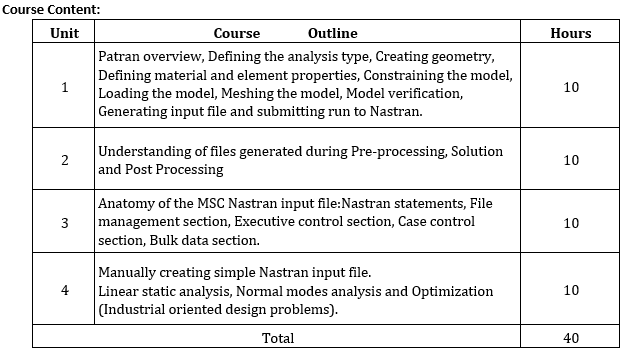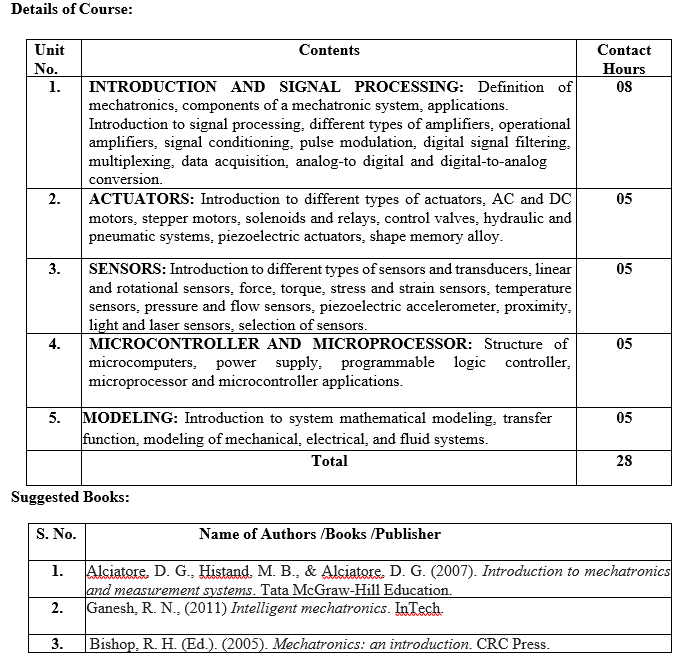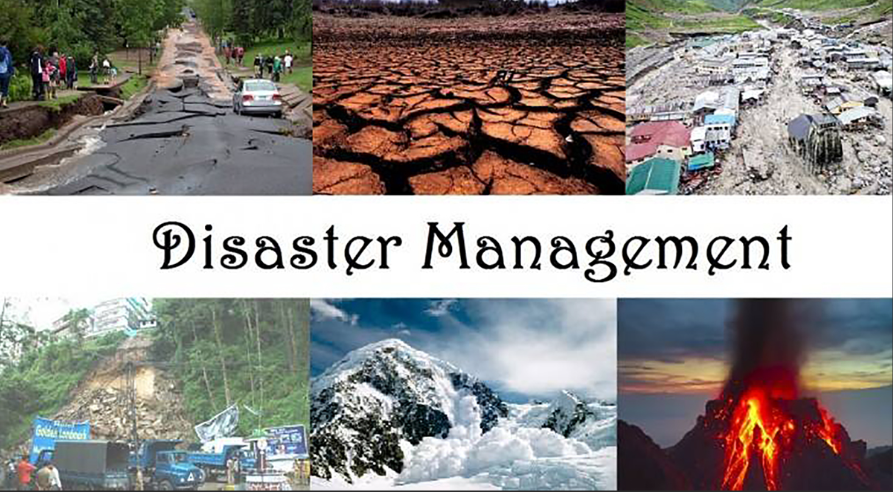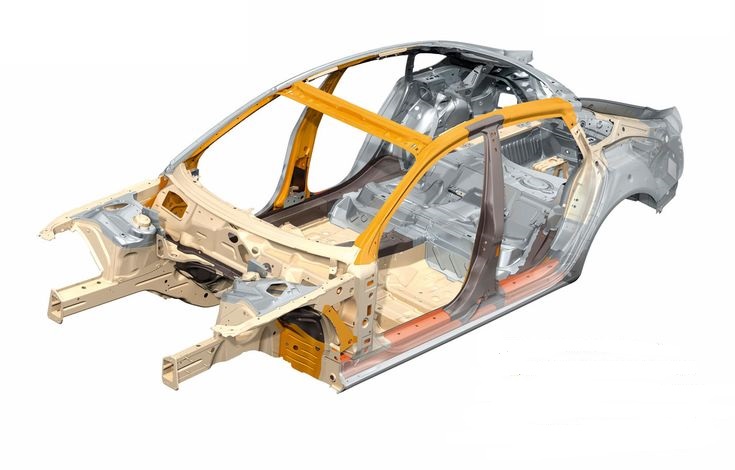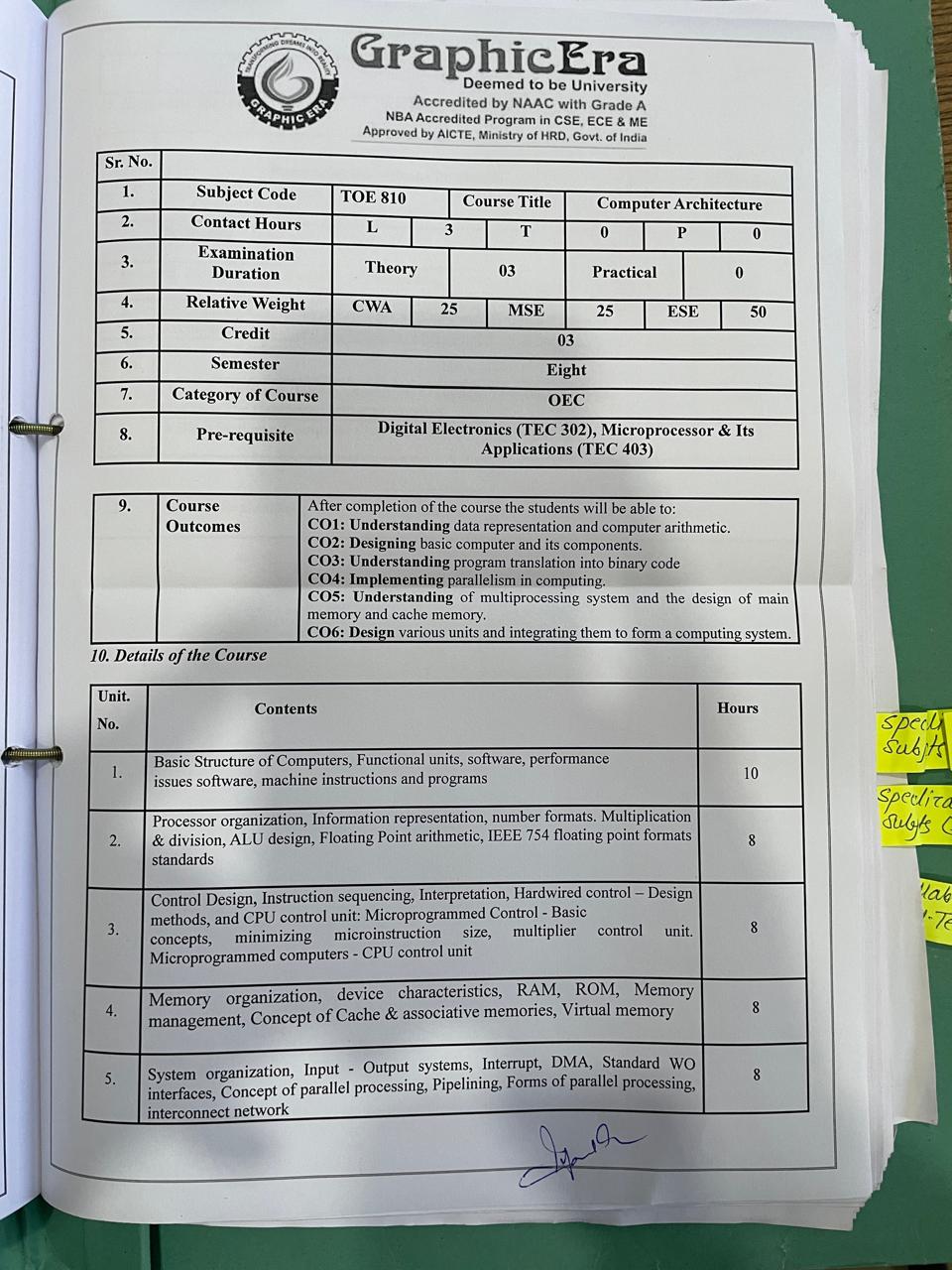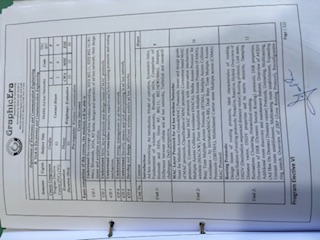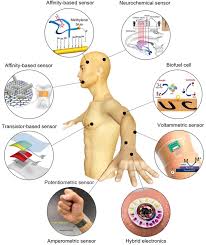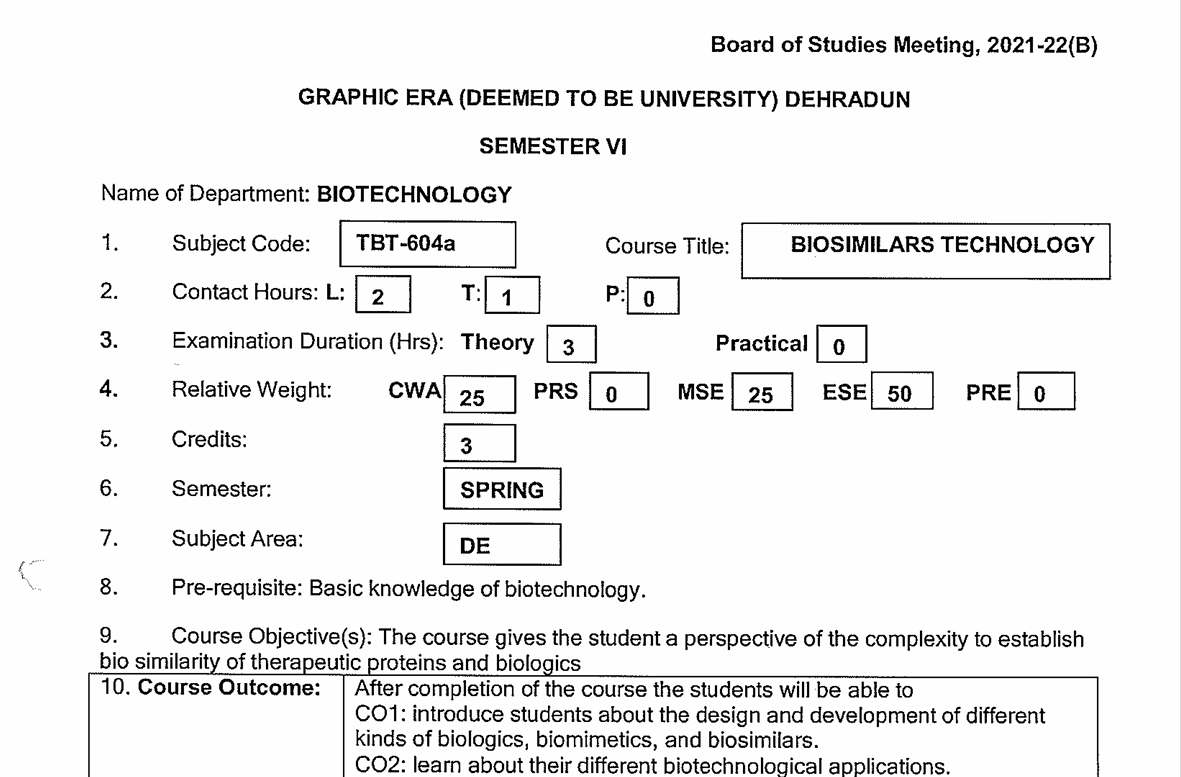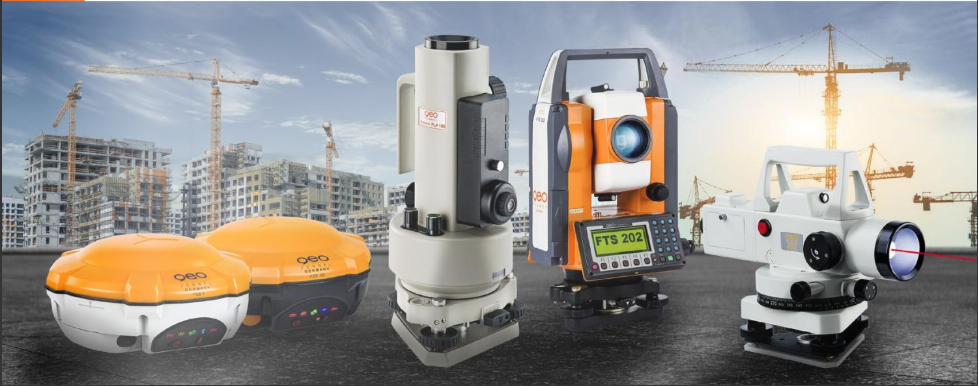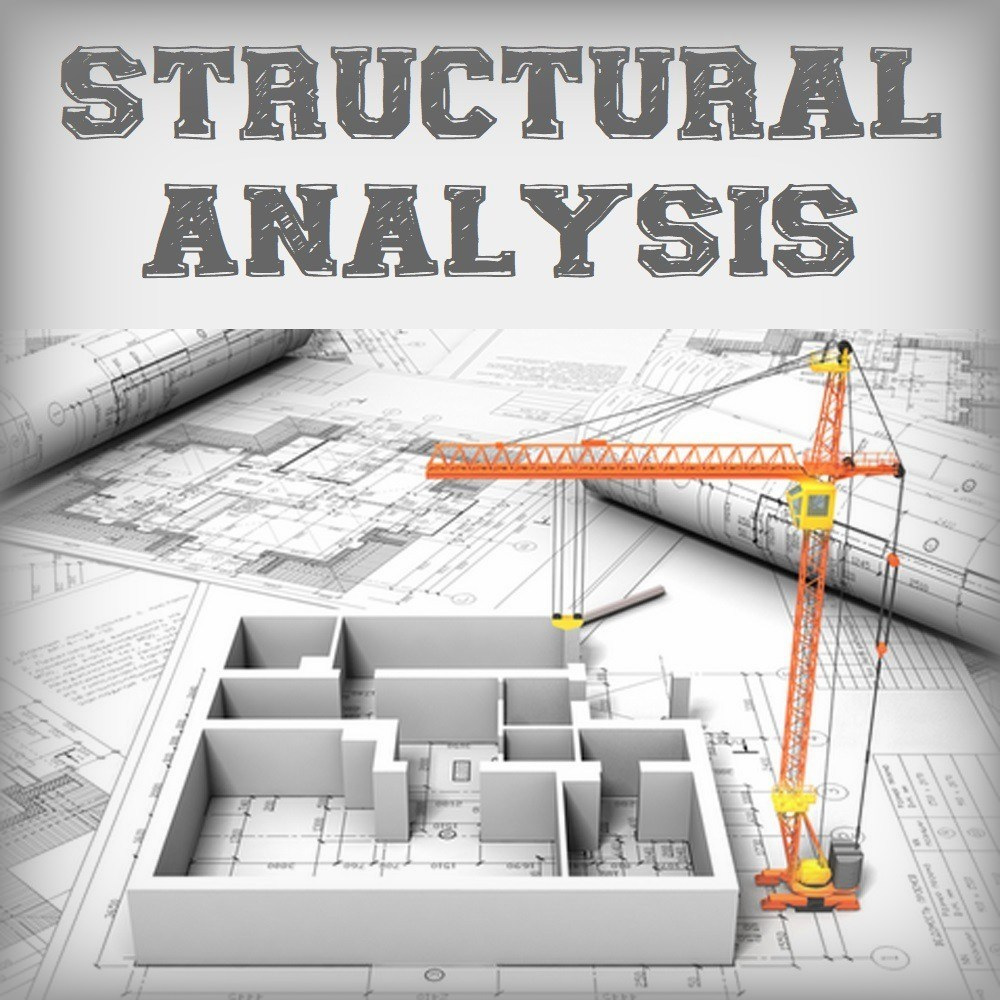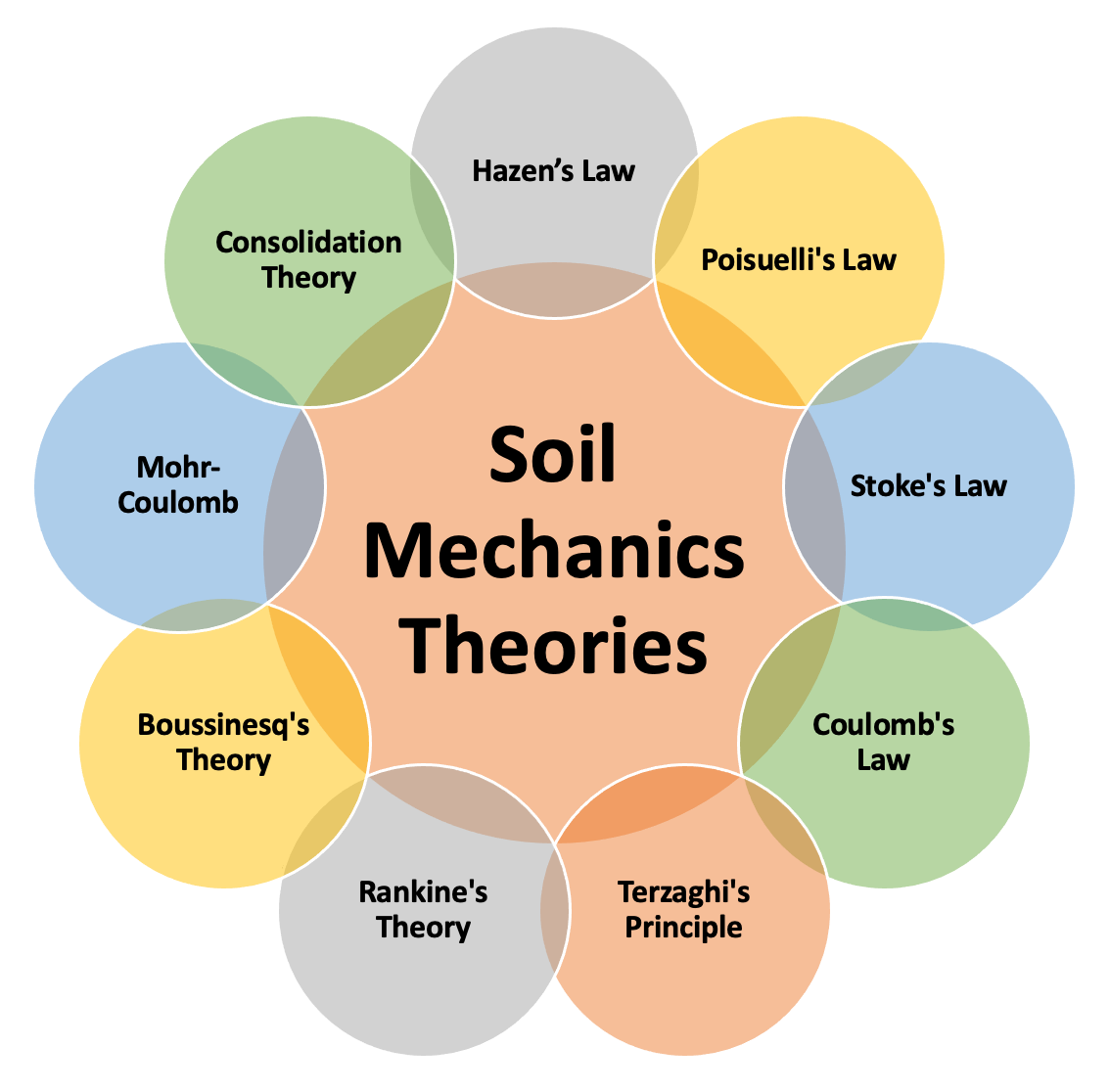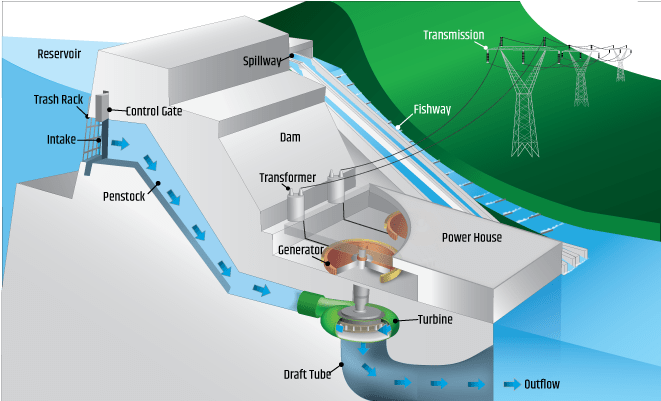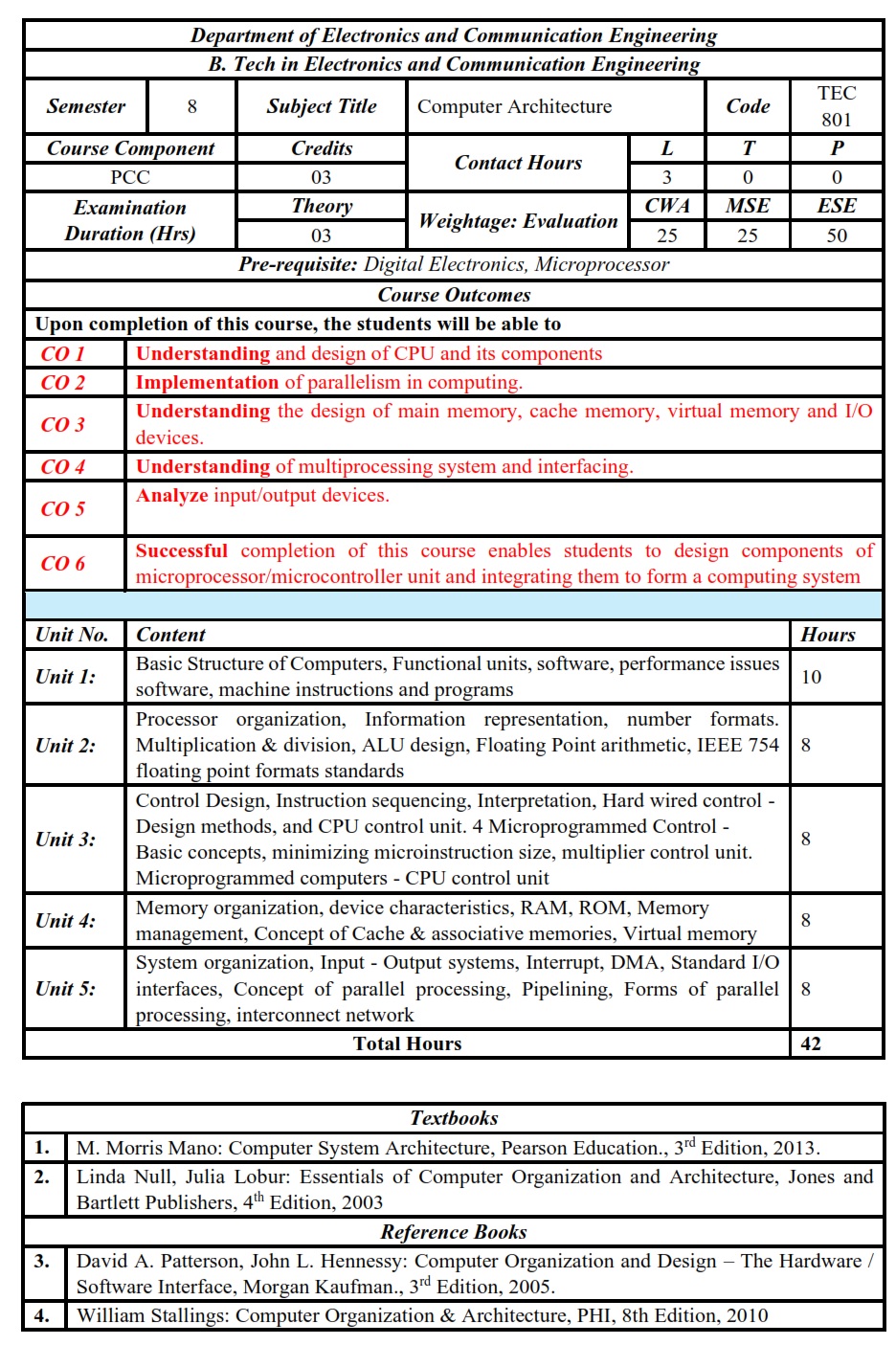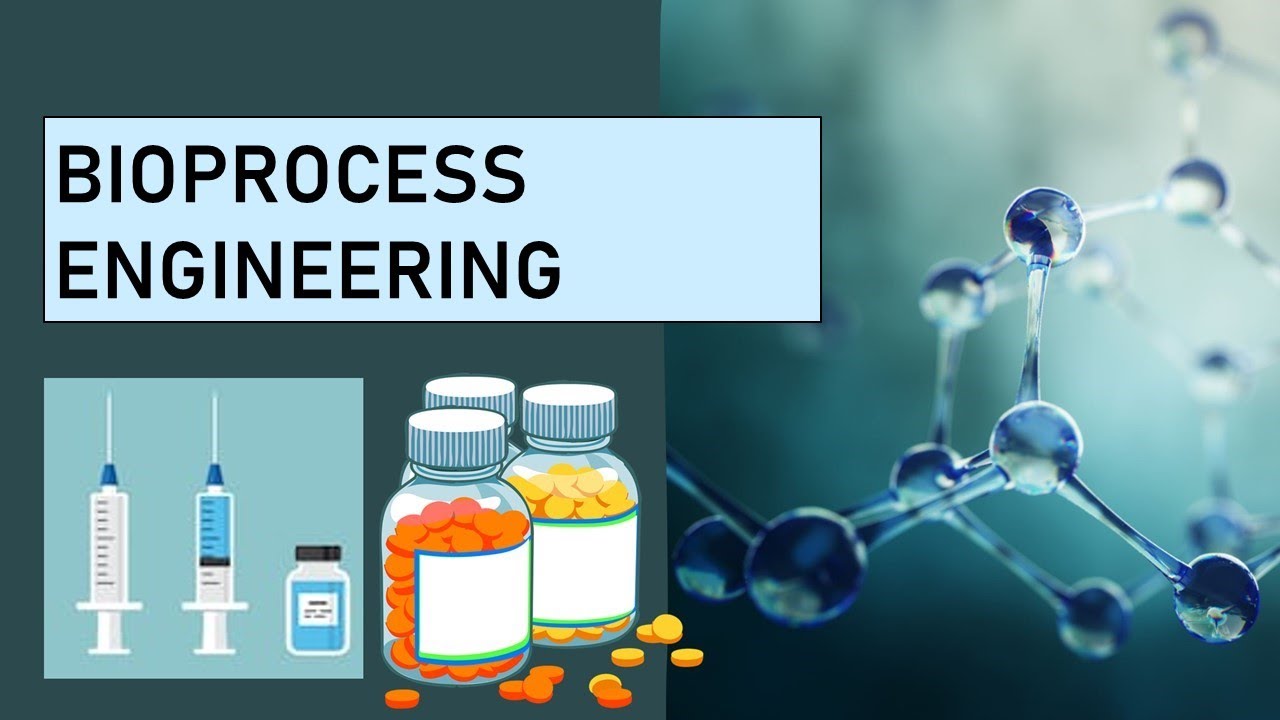GRAPHIC ERA (DEEMED TO BE UNIVERSITY), DEHRADUN
SEMESTER IV
Name of Department: - Department of Computer Applications
1. Subject Code: Course Title:
2. Contact Hours: L: T: P:
3. Examination Duration (Hrs): Theory Practical
4. Relative Weight: CIE MSE ESE
5. Credits:
6. Semester:
7. Category of Course:
8. Pre-requisite:
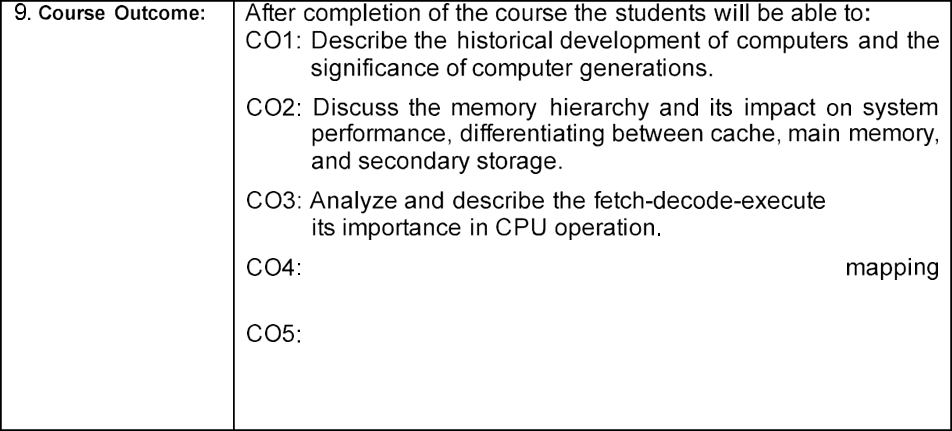
10. Details of the Course:
|
|
|
|
|
|
Introduction to Computer Organization: Definition of computer organization and its importance, Overview of computer architecture, Computer evolution and generations, Computer components and their roles. |
|
|
|
Central Processing Unit (CPU) The fetch-decode-execute cycle, Registers and their functions, Data and control paths, Arithmetic and logic operations, Control unit and microinstructions. |
|
|
|
Memory Hierarchy and Storage Systems: Memory hierarchy and its impact on system performance, Types of memory: cache, main memory, secondary storage, Cache memory: organization and mapping techniques, Virtual memory and memory management, Storage devices and technologies. |
|
|
|
Input/Output Systems: Input/output devices and their interfaces, I/O channels and controllers, I/O addressing and control methods, Interrupts and DMA (Direct Memory Access) |
|
|
|
Pipelining in processors: Stages of pipelining, Instruction set architecture (ISA), RISC and CISC architectures, Memory addressing modes. |
|
|
|
|
|
Text Books:
|
|
|
|
|
|
|
|
|
|
|
|
- Teacher: NEHA BELWAL


